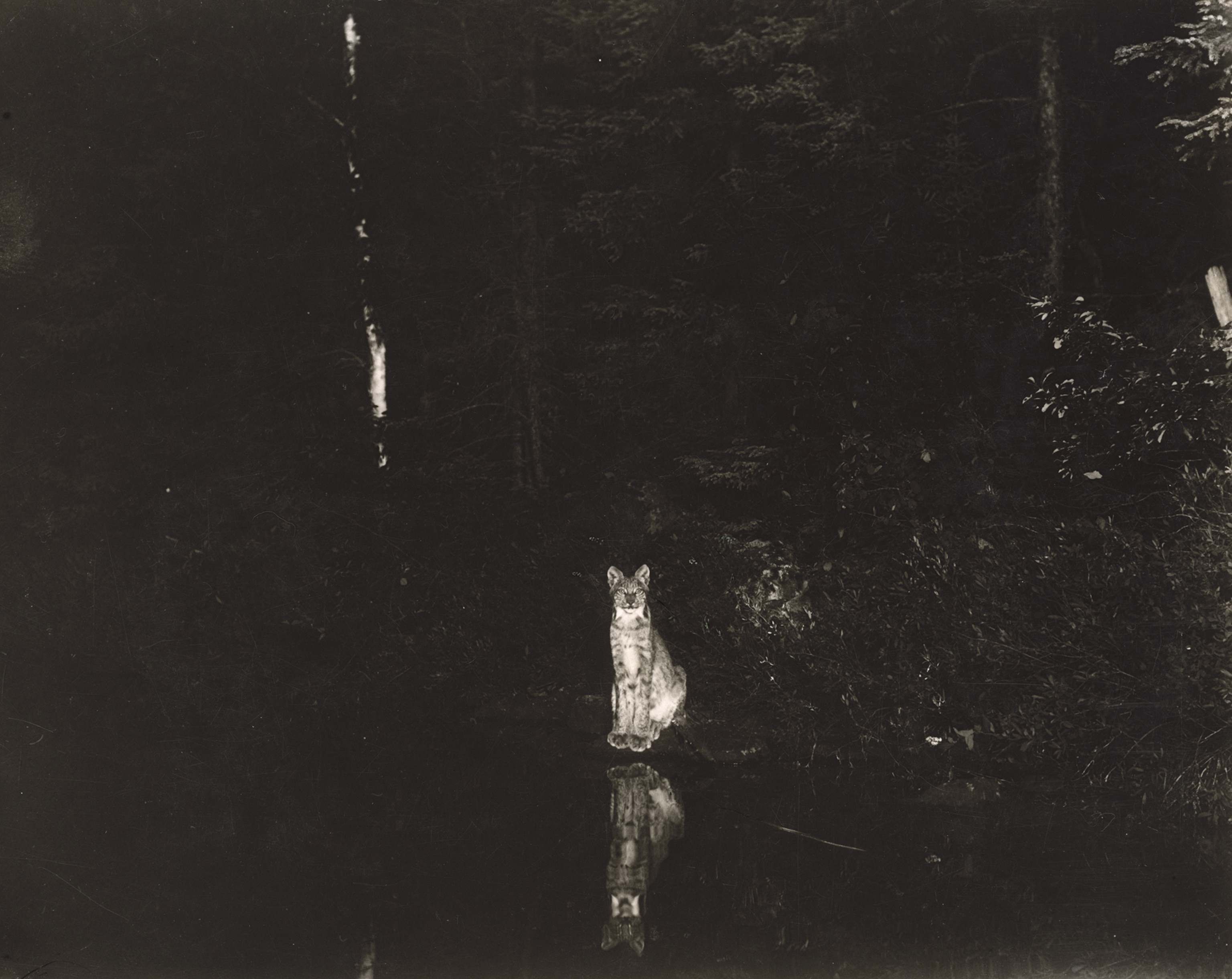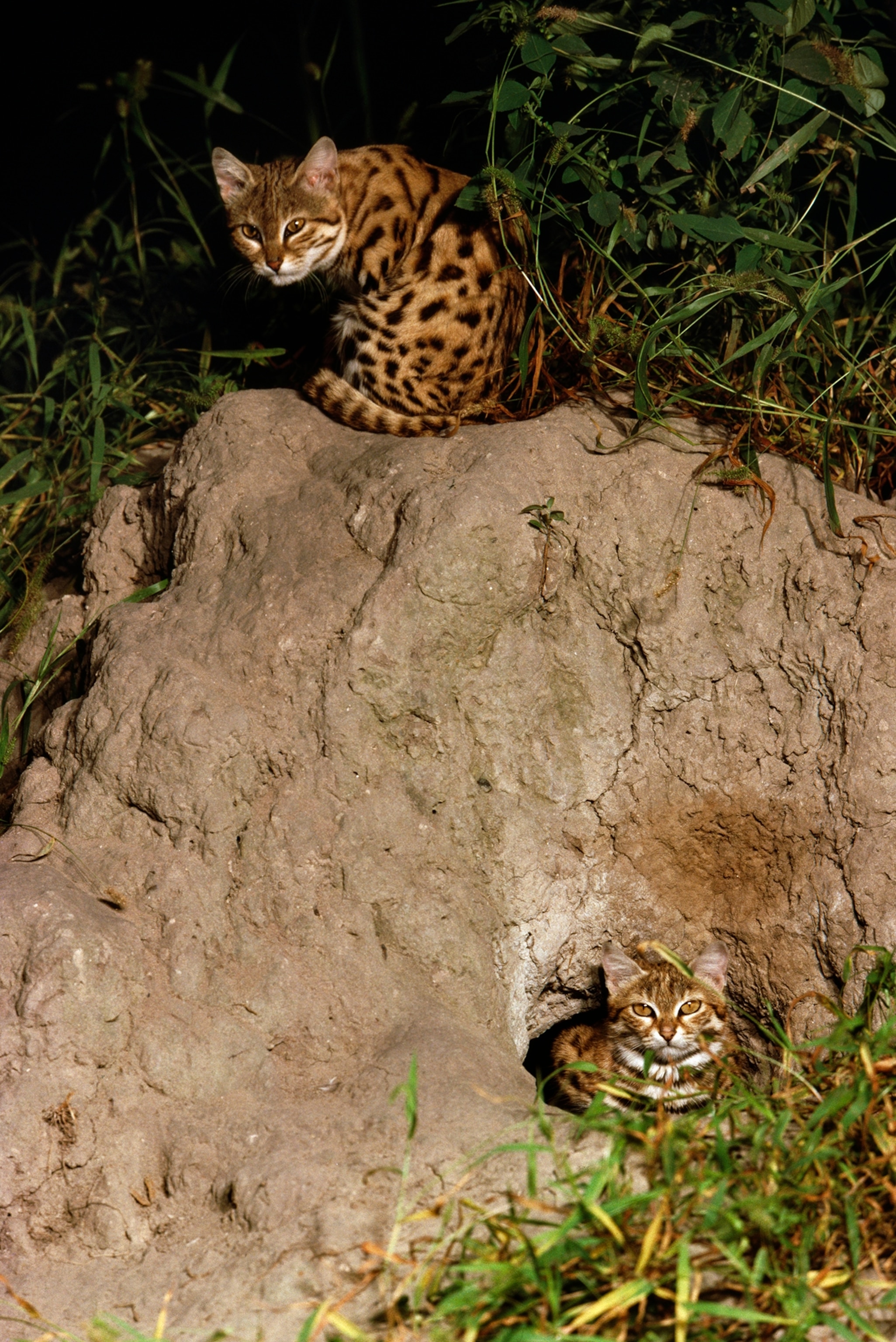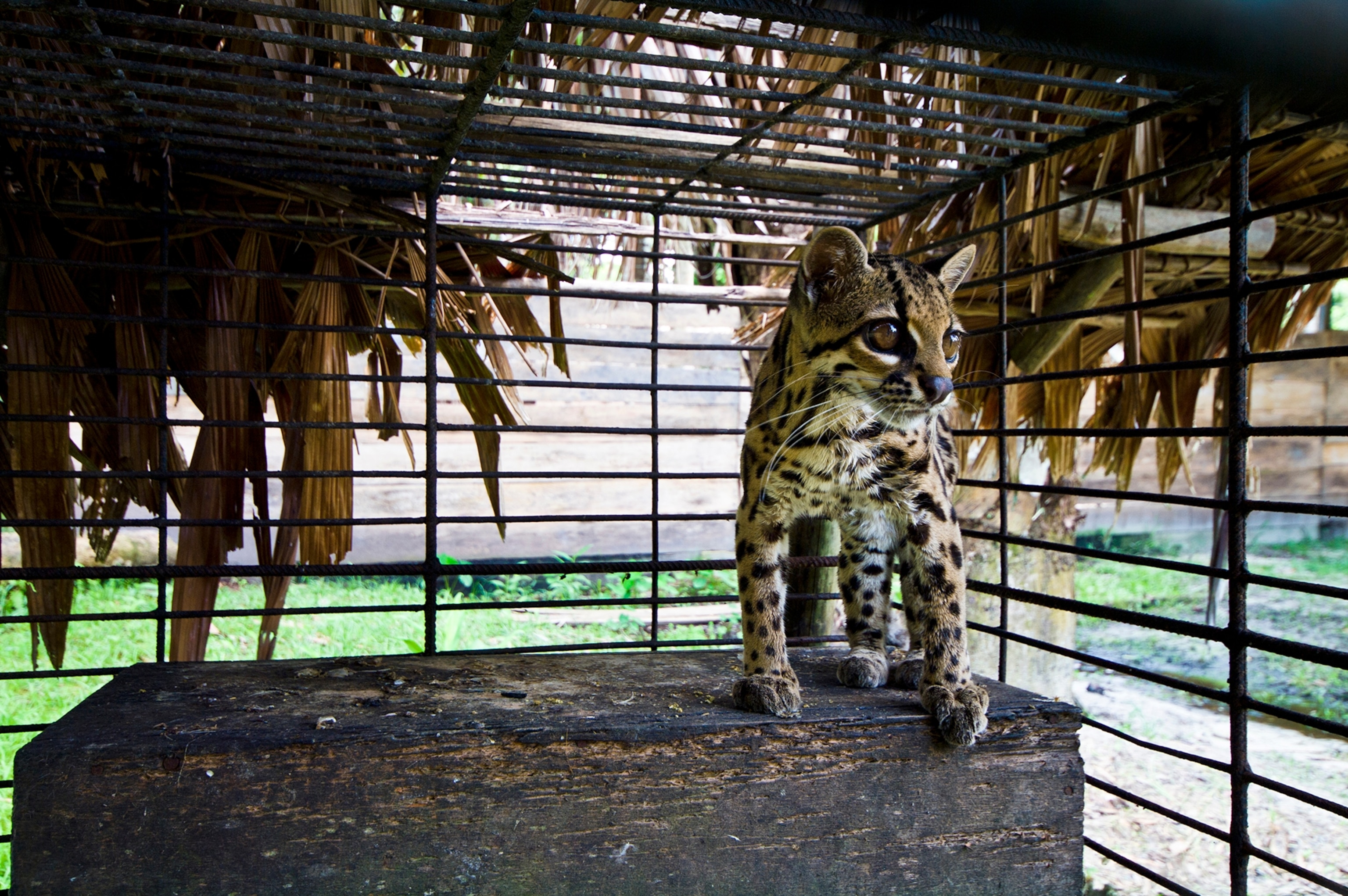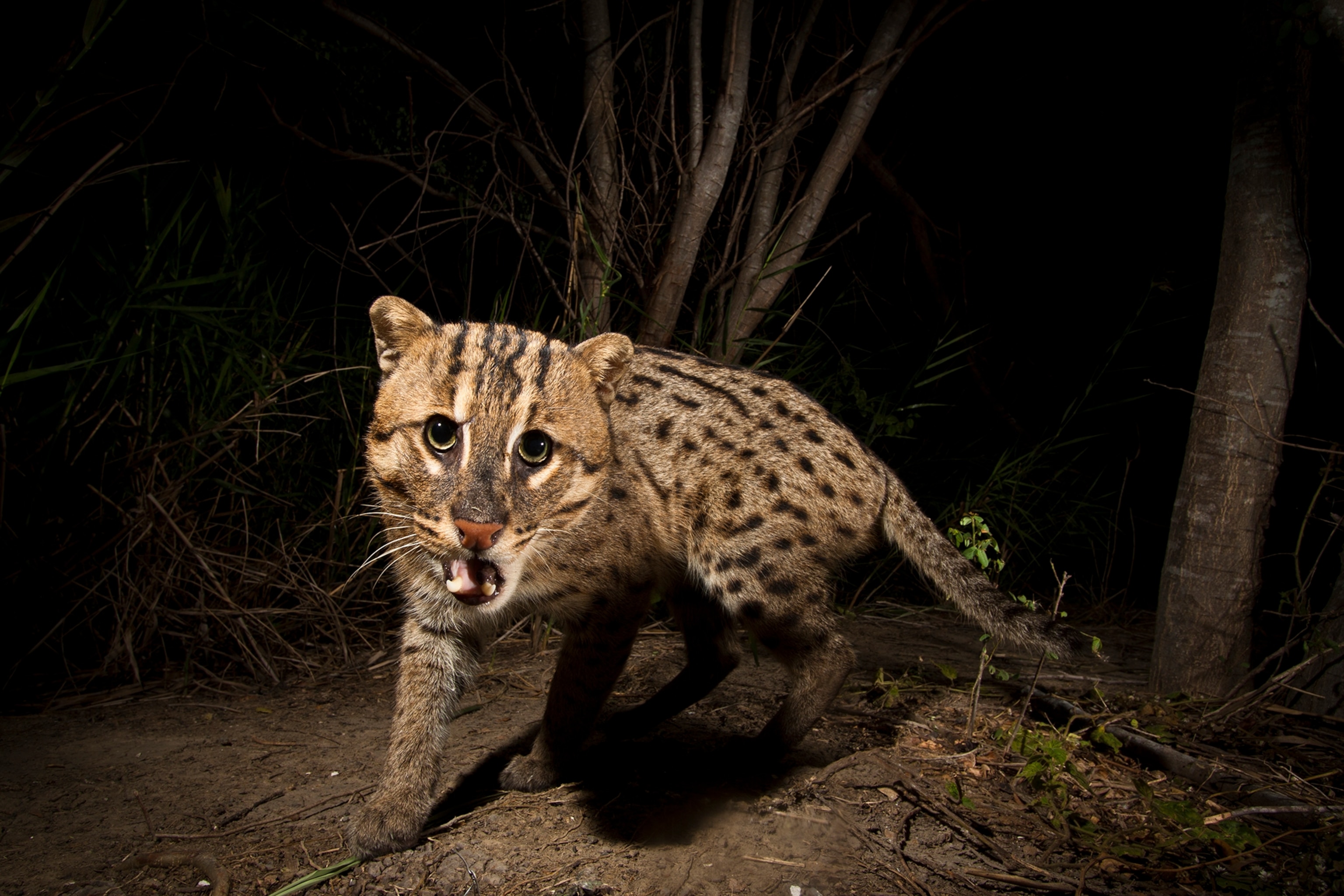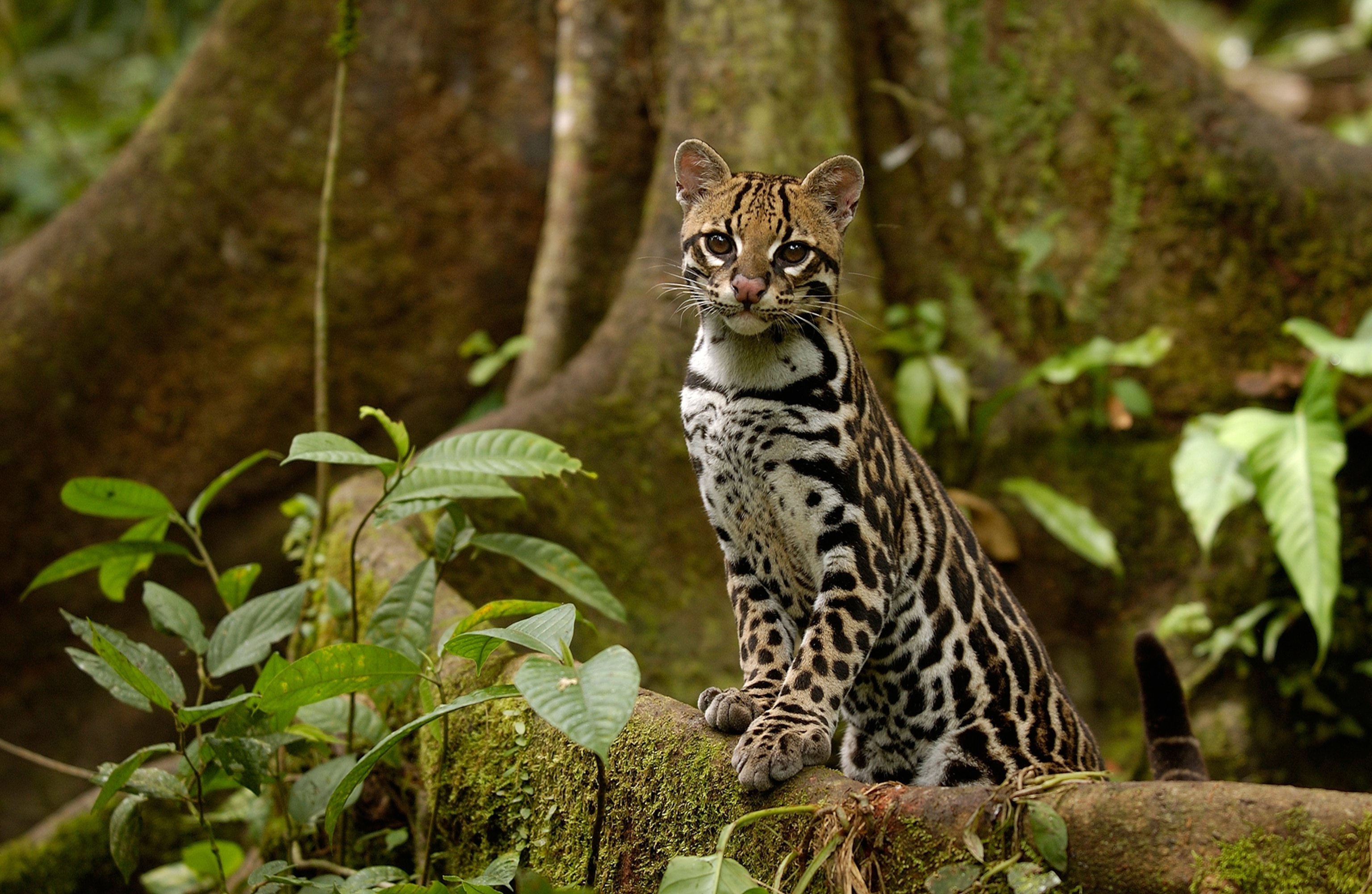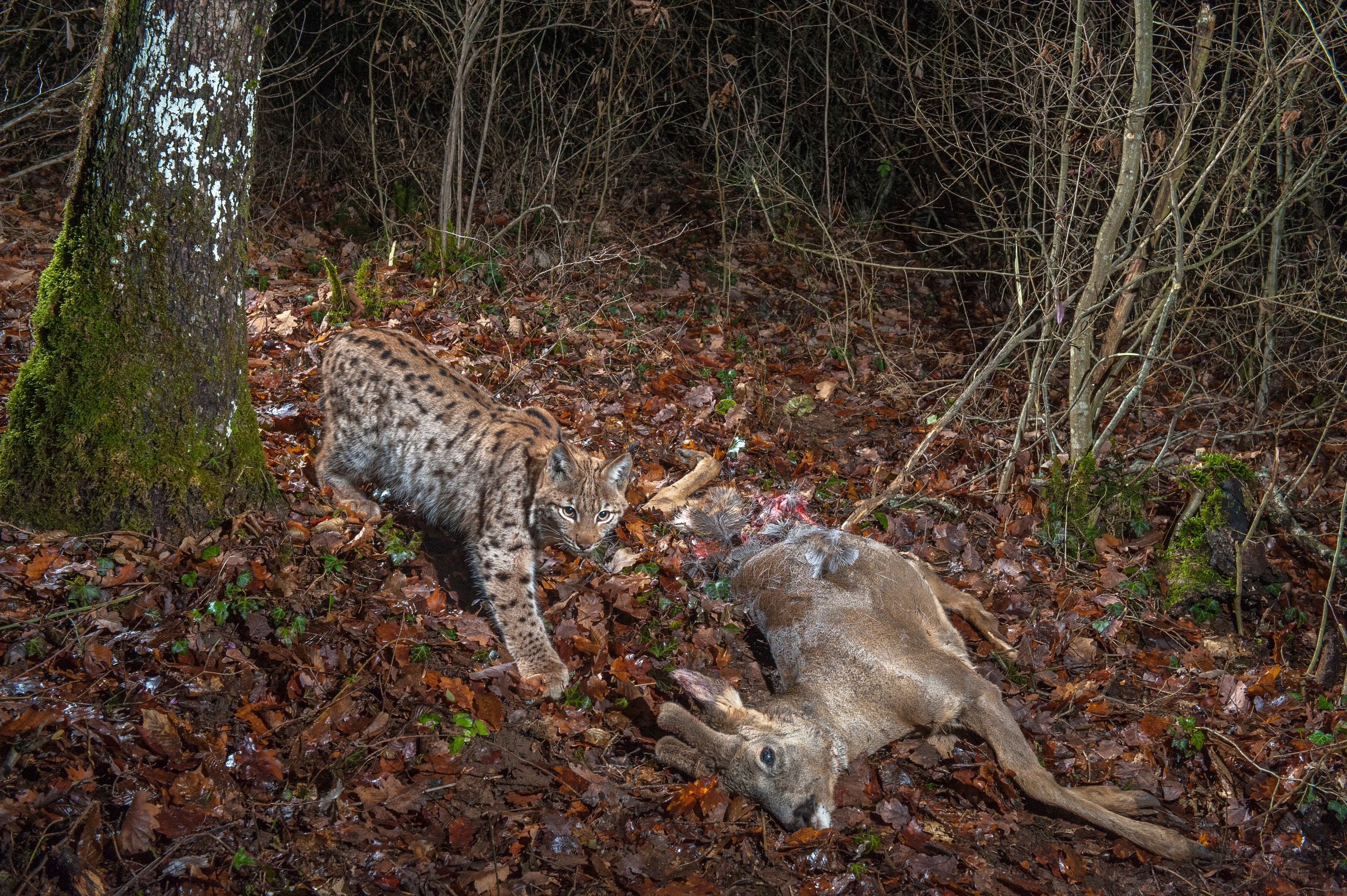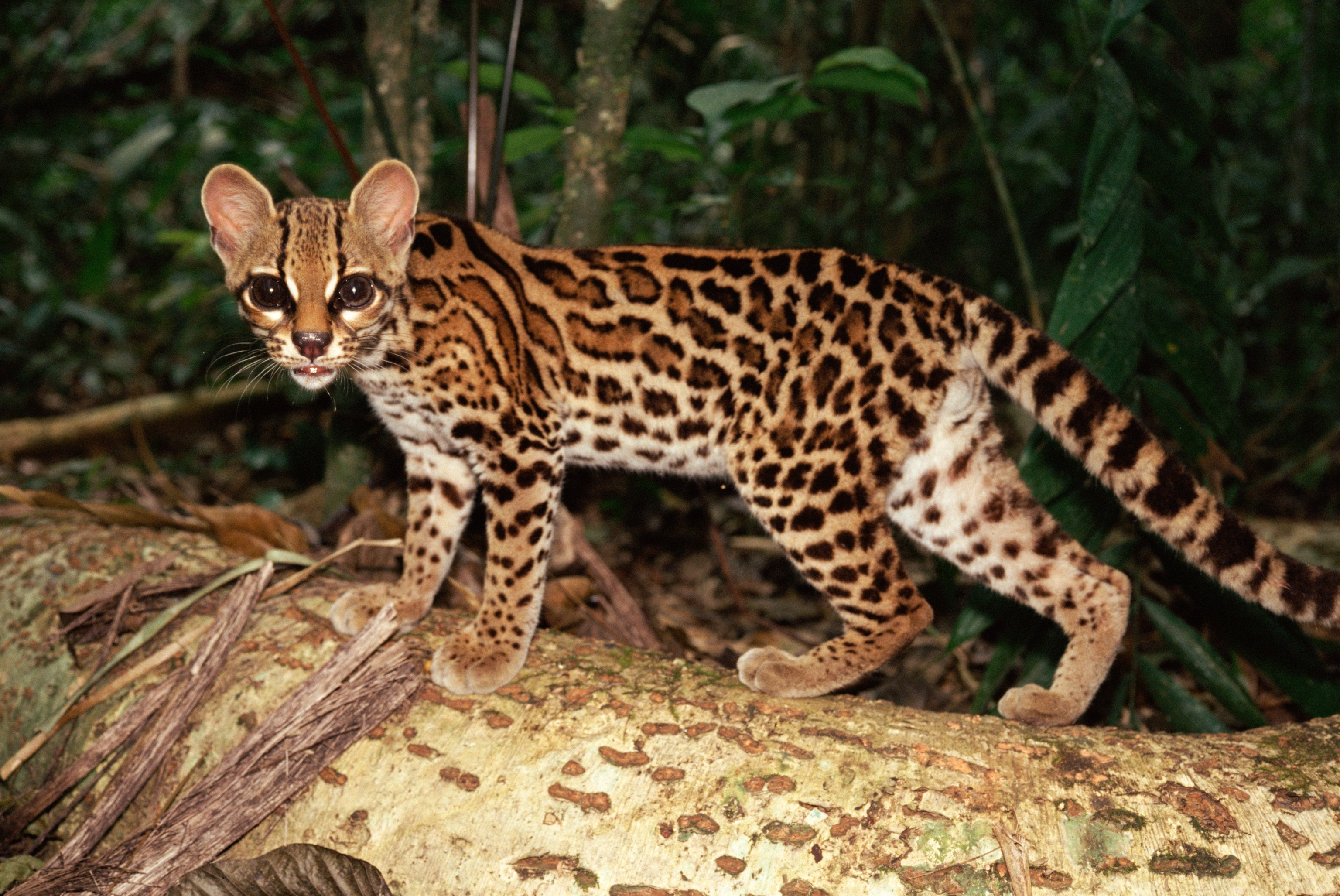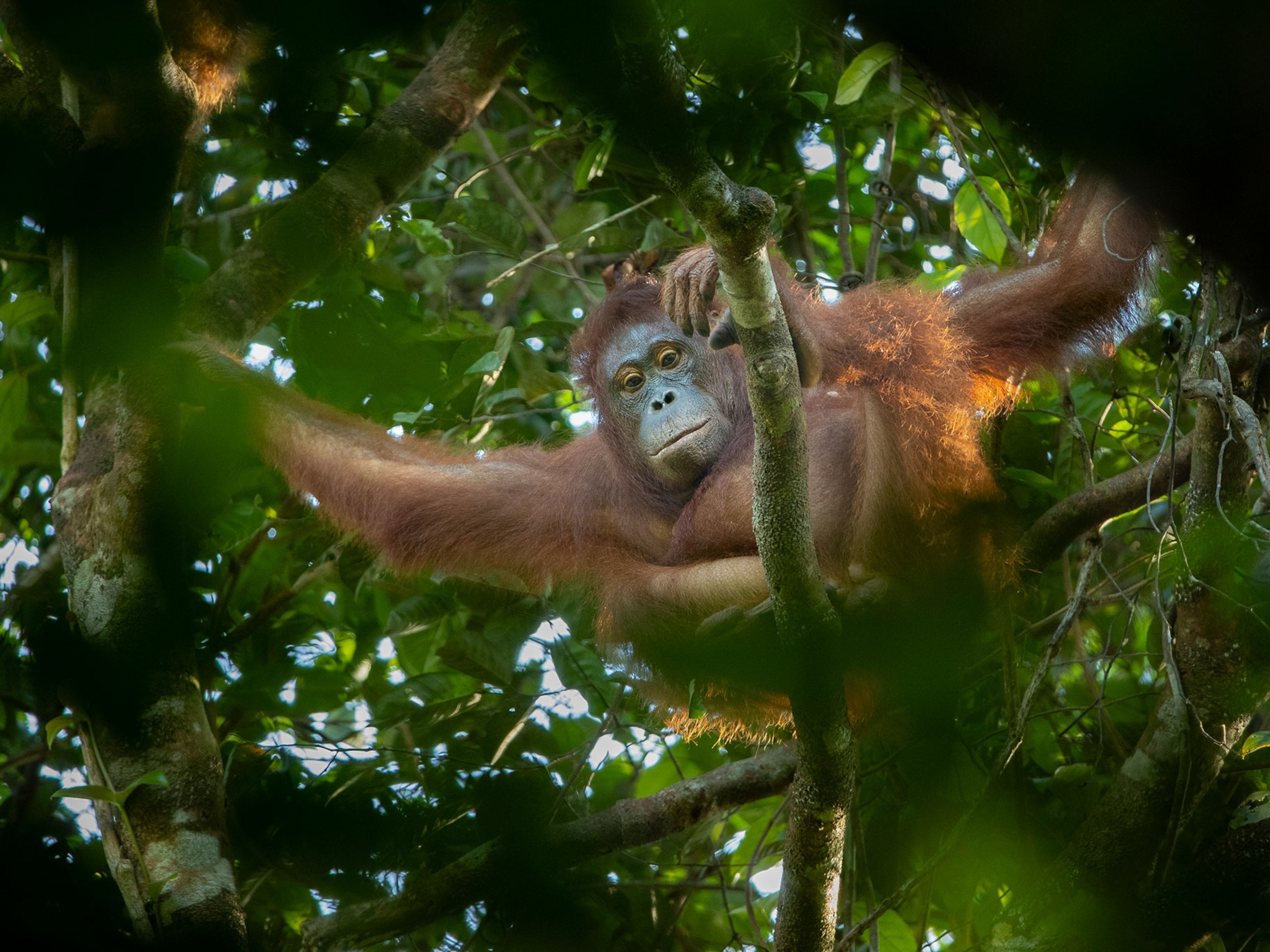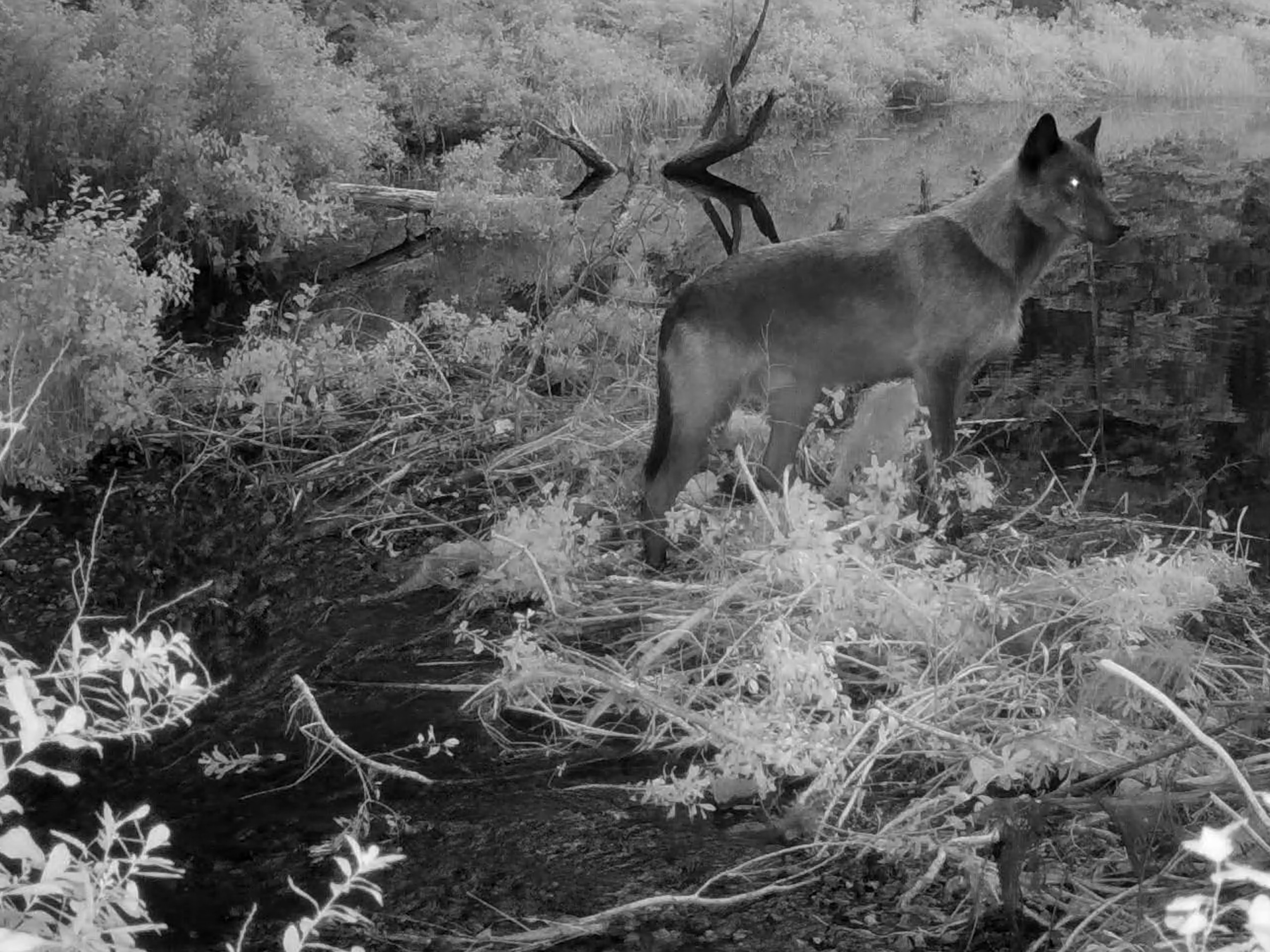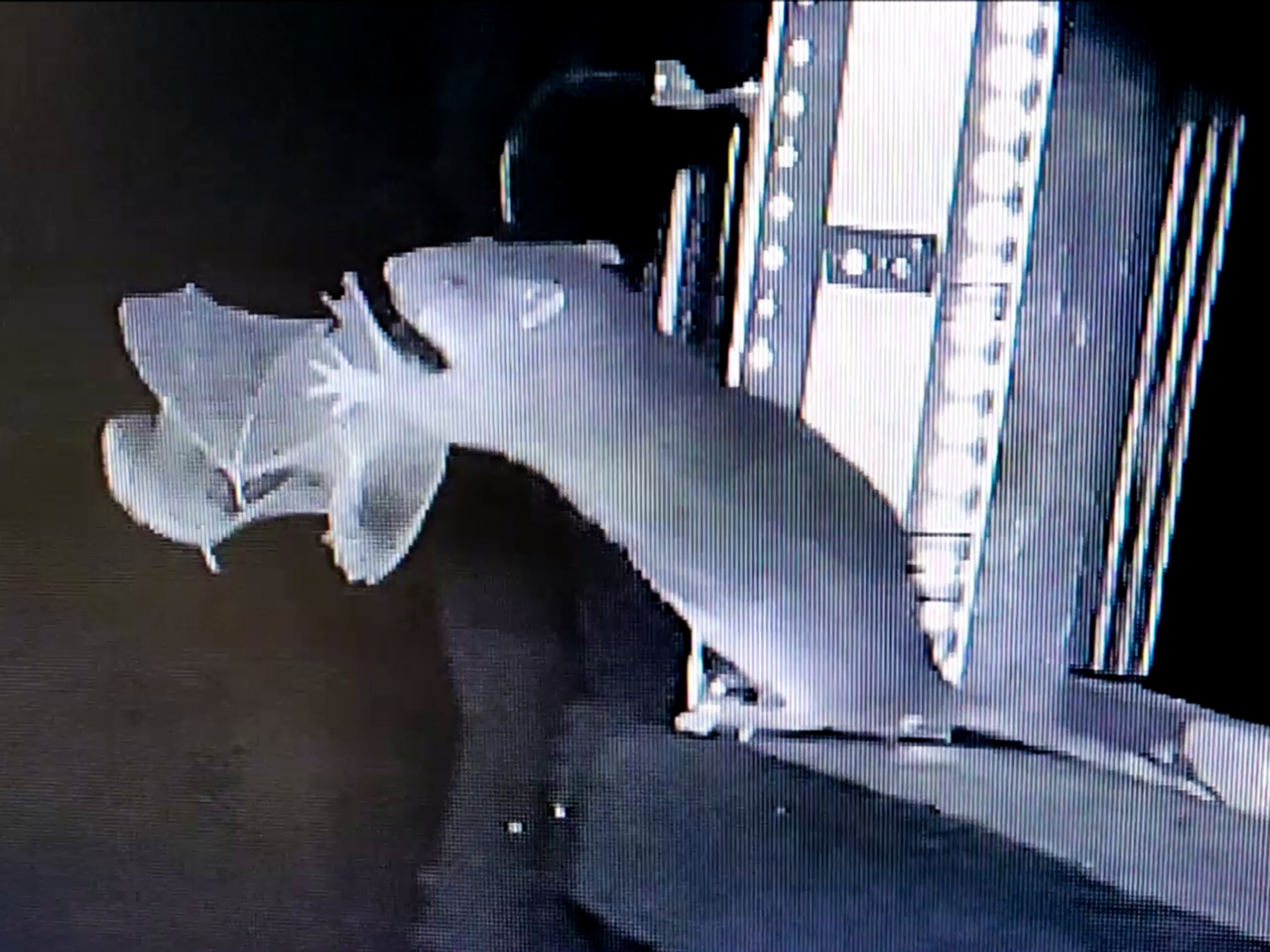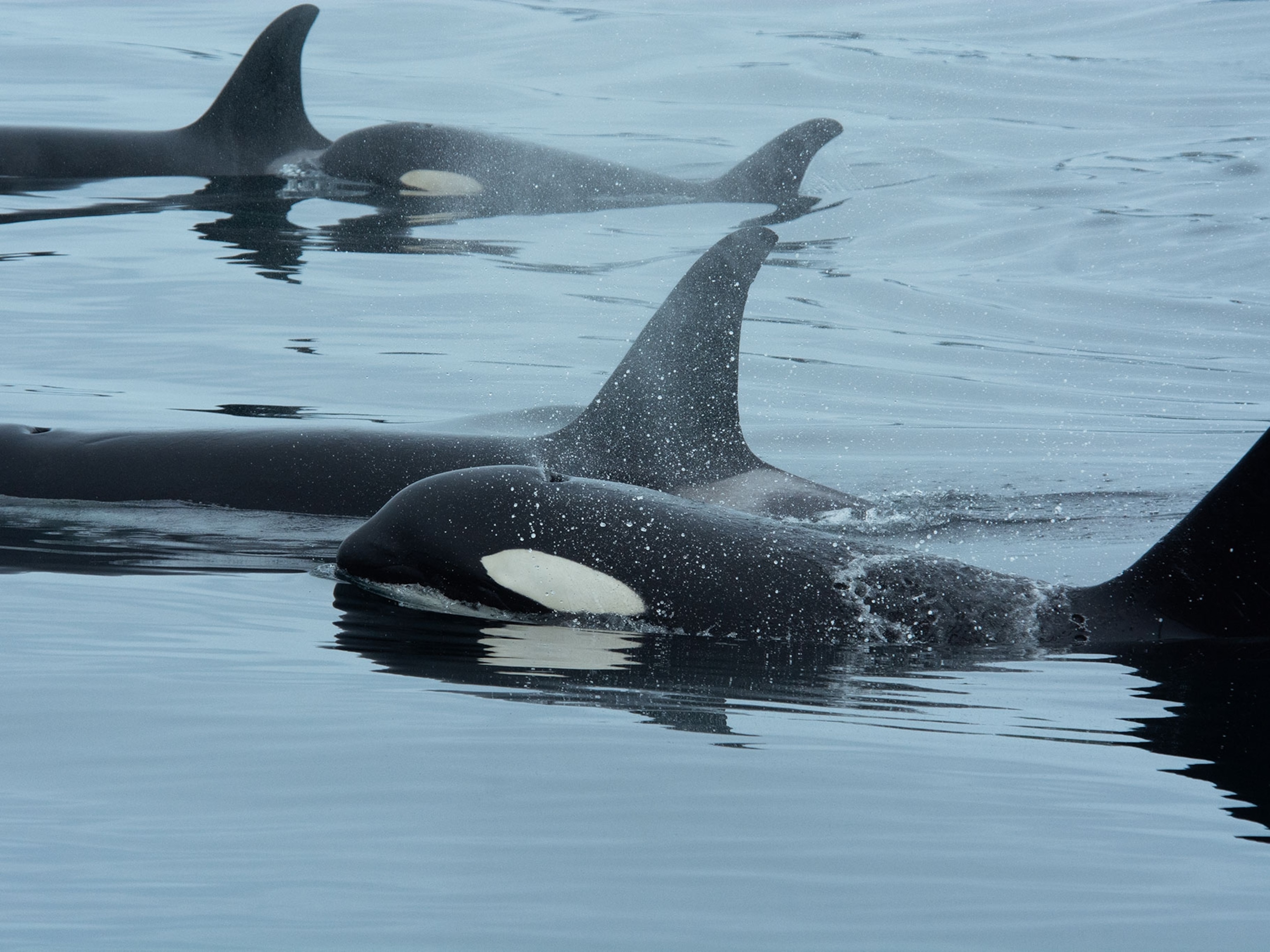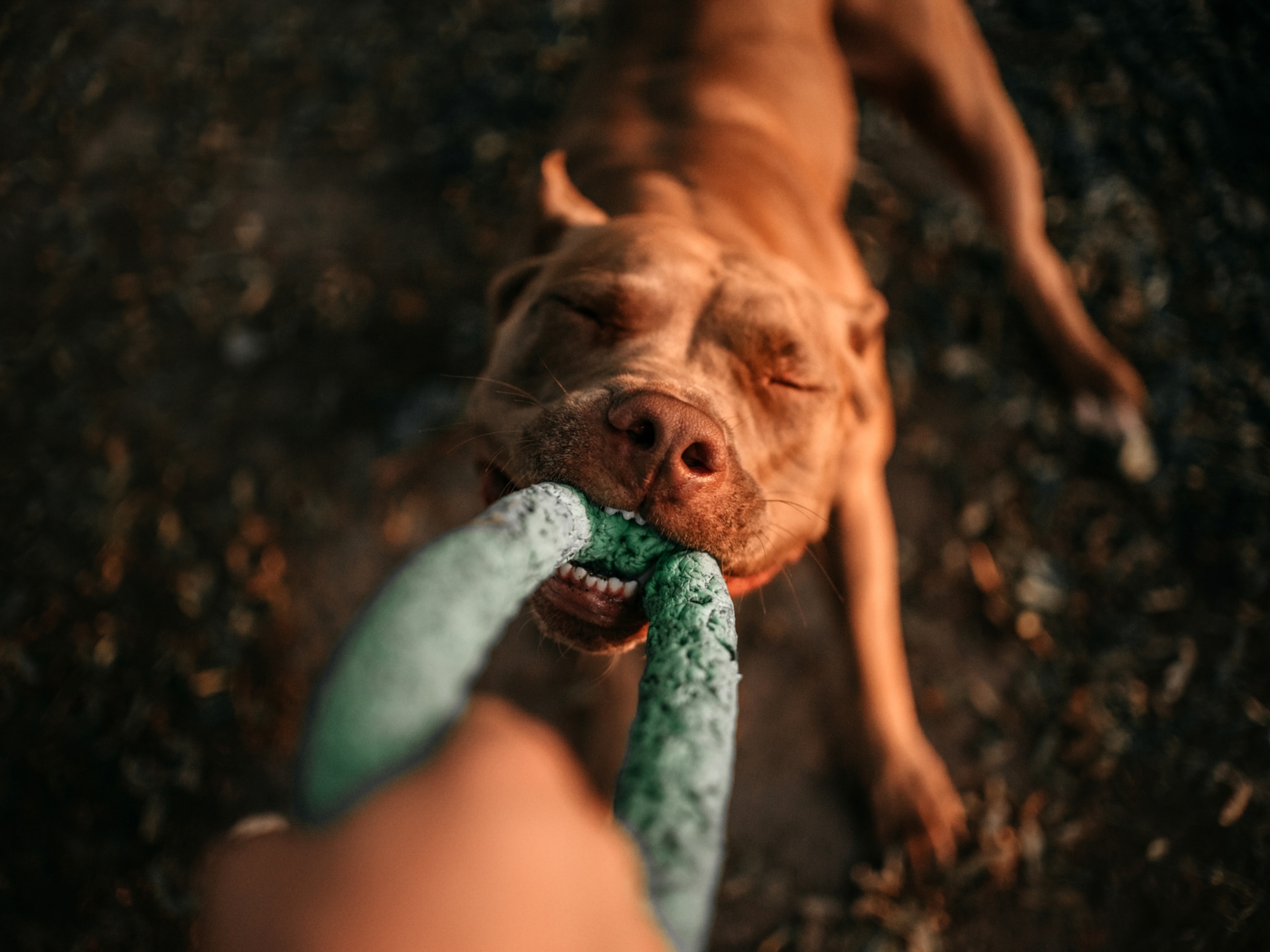This goose feigns injury to save its chicks from a leopard
An Egyptian goose is intelligent enough to trick a male leopard into avoiding its chicks, as shown in this rare video clip.
On a rainy afternoon recently in South Africa's Sabi Sand Game Reserve, a young leopard searches the parched, cracked mud around a shrinking water hole for a snack. When he spots one—four tiny chicks—the resident Egyptian geese honk in alarm.
The agitated geese flap their wings and charge the predator, but it appears they may be too late. Two chicks have already gone missing. Nearby, a saddle-billed stork aggressively claps its bill against the toothy threat. One adult goose drags its wings as if to feign injury and lure the leopard away from the other two vulnerable chicks.
Veteran safari guide Tristan Dicks watched the interaction from a vehicle while a tracker filmed the interaction for WildEarth safariLIVE. “One of these chicks would be a bite-sized snack for a leopard like this,” he said while the drama unfolded. “But opportunity is a real thing when you’re a leopard.”
It’s an unusual encounter to capture on film, says Steve Boyes, National Geographic Fellow and Scientific Director of The Wild Bird Trust in South Africa. That Egyptian geese would feign injury to lure away danger is expected, but not very common to witness, he says.
He often sees the behavior during his field work. “I have seen Egyptian geese pretend to have a broken wing many, many times,” he says, “usually when I pole up to them in my mokoro, or dug-out canoe.” According to Boyes, many species of birds exhibit this behavior, trying to lure danger away from their chicks. (Learn more about the intelligence of birds.)
But what is extraordinary, Boyes says, is the big male leopard’s behavior. “Being this agitated or excited by the activity of the geese is strange for a leopard this age,” Boyes says. “It’s almost like this leopard is bored and looking for some excitement.”
He also notes another unusual aspect of the encounter: that the leopard is toying with the geese at all. He says the species is rarely targeted by leopards and even more rarely by lions. Caracals, African wild cats, and servals, on the other hand, often target this type of chick when presented with the opportunity.
In this case, the geese’s injury ruse to distract the young cat doesn’t work. Changing course, the waterfowl family slides into the water to elude the cat and wait him out. The two missing chicks may have already fallen prey to the leopard, but they might also be hiding. Their brown feathers would provide good cover in the dried mud.
The leopard lounges, his tail twitching, then he gets up to sniff the leftover scent of meat from a hyena’s kill earlier in the day.
With the leopard distracted, one of the adult geese honks an urgent call. The two missing chicks emerge, then run across the mud and slip into the water to reunite with their family. Bored and outwitted, the leopard moves off in the direction of an impala carcass he stashed earlier in a nearby tree.
With their ducks in a row, so to speak, the feathered parental unit claims victory. For the moment, their chicks are safe.
“Egyptian geese mate for life,” Boyes says, “and take great care in raising their young."
